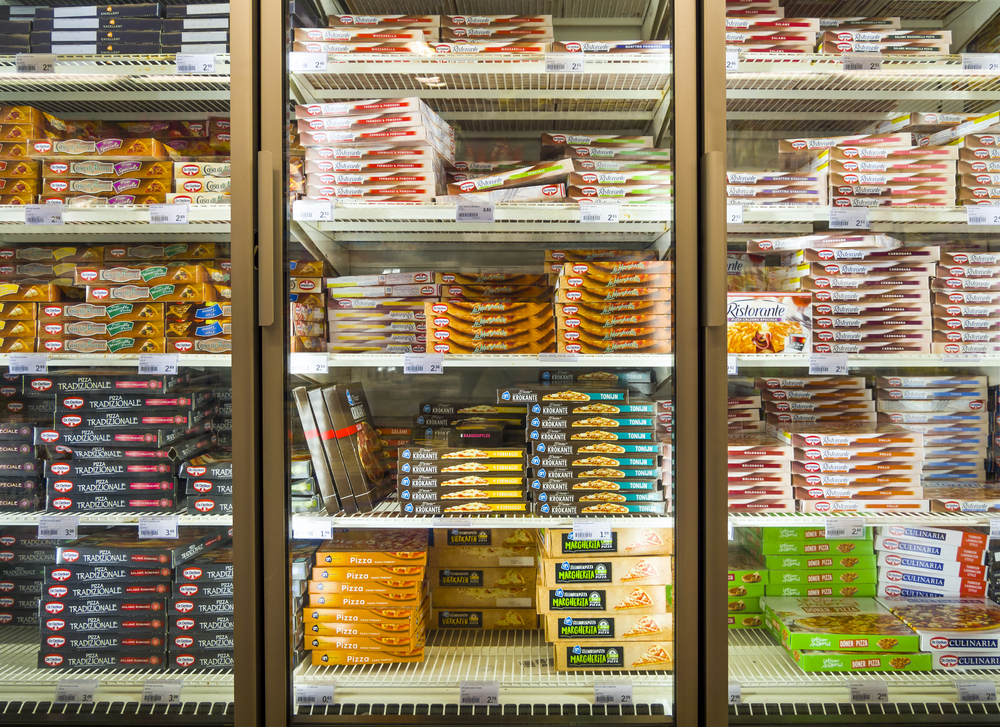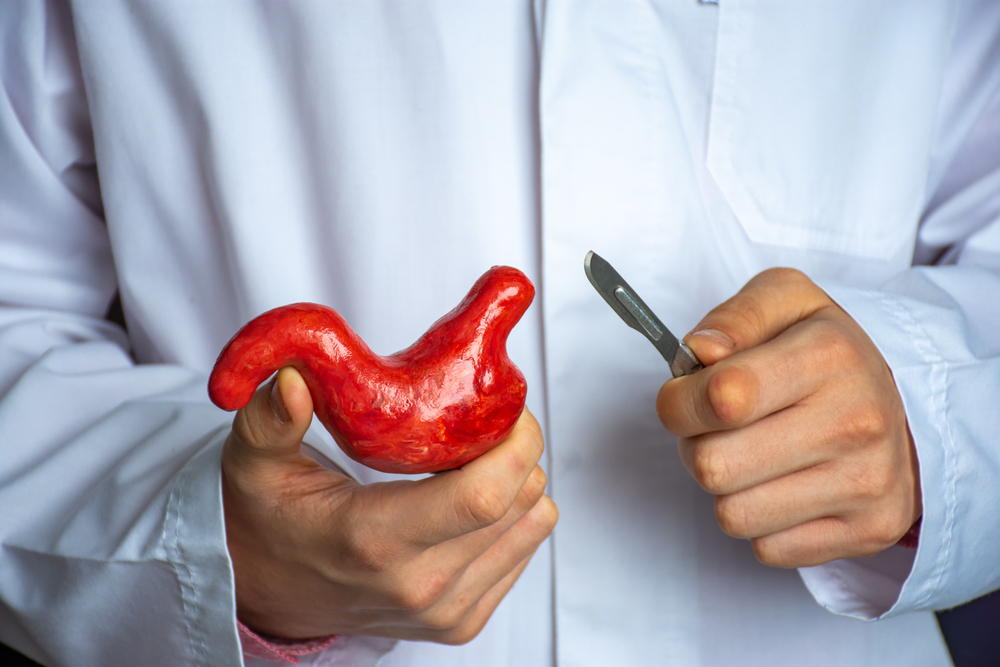Evert van Schothorst, associate professor in the Human and Animal Physiology group, is collaborating with a team of researchers at Maastricht University on a method for measuring human ‘exhaust fumes’ in real time as an indicator of intestinal health. The researchers put the test subjects in a small room and then measure their fermentation gases — their farts.
‘We use indirect calorimetry — a method for looking at the difference between the composition of the air that is inhaled and the exhaled air — to analyse the energy metabolism,’ explains Van Schothorst. ‘This research method has been around for a while, but now we have developed an add-on that lets us study the presence of isotopes. What is more, the new sensors we have developed can also measure fermentation gases such as hydrogen and methane. That helps us figure out how the microbiome in the intestines is related to health.’
Isotope carbon-13
The isotopes Van Schothorst is talking about are chemical particles. The new sensors measure the carbon isotopes that chemists call carbon-13. It is the twin of carbon-12, an isotope that is found a lot in nature. Carbon-13 is rare in nature, accounting for only one per cent of carbon atoms. That makes carbon-13 a useful substance in research.
Van Schothorst: ‘If you give test subjects a product to eat or drink that contains labelled carbon-13, after being processed by gut bacteria it will reappear in the air via the air the subject breathes out and their farts. We can then calculate how fast the product is processed and by which bacteria.’
Fermentation gases
The researchers are adding the new techniques to the respiration rooms used for indirect calorimetry by the research group of Professor Ellen Blaak in Maastricht. Van Schothorst: ‘We have already successfully applied our technique in studies with mice. We know it works in very small spaces. Now we will be testing in Maastricht whether the new sensors can also detect human fermentation gases in larger spaces. Are the sensors sensitive enough to measure low concentrations of fermentation gases? Because the respiration rooms are larger relative to the human subject than the mouse cage relative to the mouse.’
Test subjects are served food by the researchers through a hatch, and take part in measurements a couple of times a day.
In Maastricht, they have rooms of different sizes for the measurements. The average size is similar to a large student room. ‘All the rooms have a bed, toilet, desk and TV screen,’ says Van Schothorst. ‘The test subjects have to stay there for several days sometimes. Students like taking part in this research because it is an opportunity for them to study hard without distractions. The researchers serve them food through a hatch, and they take part in measurements a couple of times a day.’
Real time
The current method for measurements relating to gut bacteria is to collect poo samples. ‘The disadvantage of this is that it doesn’t show what is happening in the body in real time. The faeces only leave the body much later. In addition, the composition of the bacteria in faeces is determined mainly by the gut bacteria at the end of the large intestine, rather than the intestines as a whole.’
‘These sensors measure the composition of gases in the room in real time. If someone eats something now, it will end up in their intestines in a couple of hours’ time. The gut bacteria then get to work on fermentation, among other things. The gases that are released in the process and ejected from the body can be measured immediately. If you repeat such measurements with different groups of patients, you get an insight into the gut microbiota activity. We hope this will tell us more about the interaction between diet and disease.’
Maastricht PhD candidate Gillian Larik is the project manager. Van Schothorst expects the team will be able to publish the first research results using the new method within the next two years.

 Human ‘exhaust fumes’ — the air we breathe out and our farts — can provide an indication of the health of our intestines. Photo Shutterstock
Human ‘exhaust fumes’ — the air we breathe out and our farts — can provide an indication of the health of our intestines. Photo Shutterstock 

